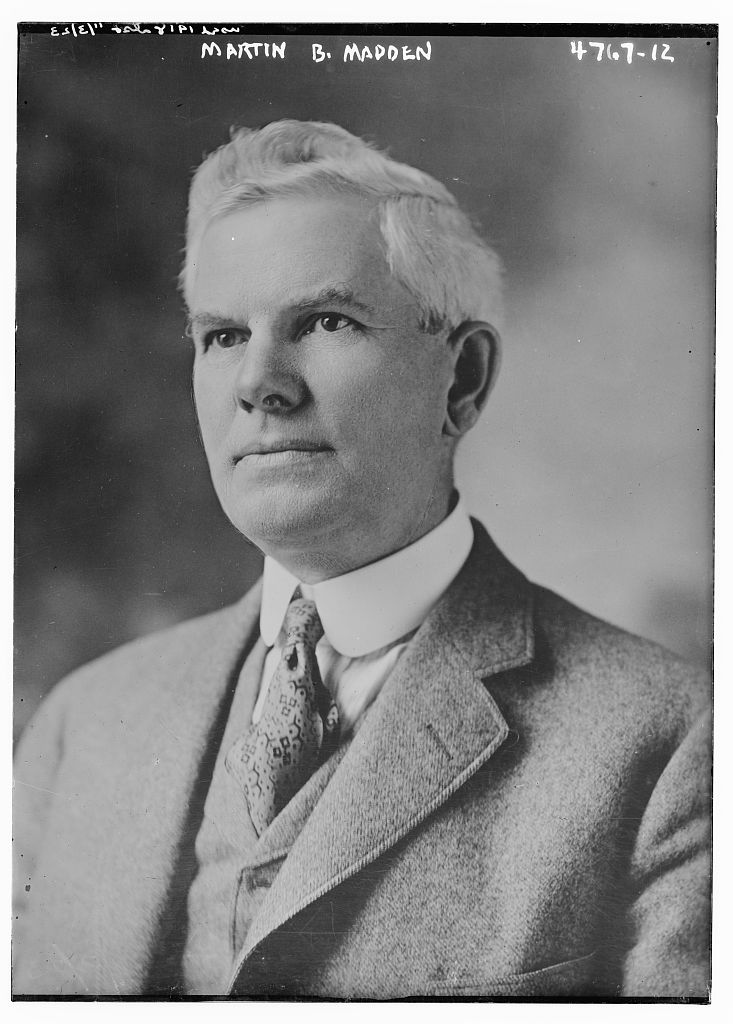| Story by Bruce Hodgdon |
6/26/2017
In the early 1800s, Potawatomi Chief Keepataw and his nomad tribe settled in the region around today’s Lemont. This area of the Des Plaines River Valley was “an ideal setting because they had hunting and fishing and the waterways for transportation,” said Susan Donahue, the coordinator of the Lemont Area Historical Society museum, in a My Suburban Life article.
Chief Keepataw was a sub-chief of Chief Yellowhead, leader of the Potawatomi tribe residing in the Kankakee River region. Keepataw’s tribe was friendly with the early settlers and reportedly warned them of inter-tribal wars. Eventually however, the continuing inflow of new inhabitants led the Potawatomi to desert the area by the mid-1800s. Settled in 1836, Lemont was originally known as Keepataw after the Potawatomi chief. While the village’s name changed through the years from Athens to Palmyra before selecting Lemont in 1850, the forest preserve located in that area retains the town’s earliest title, serving as a reminder of the territory’s history.
Visit Keepataw Preserve today and you will be treated to one of the most breathtaking views available in any Will County forest preserve. After a short walk from the parking lot, you arrive at the overlook, placed atop sheer 60-foot-high bluffs, that offers a panoramic view of the Des Plaines River Valley.
“I don’t think that I have ever been more thrilled or enthralled by any one thing as I was by the vast primeval panorama that spread before me,” wrote John J. Schauer of the Will County Historical Society in 1972.
“I would say that this is the only intact and unspoiled segment of the Des Plaines River valley still extant within the boundaries of Will and Cook Counties,” Schauer wrote at the time.
But far off in the distance is an object that catches your eye: a single smokestack from an old kiln rises from the uninhibited vegetation that surrounds it. This remnant is among the few remains of a limestone quarrying and processing operation that worked six different sites along the Des Plaines River from 1889 to 1918. The bluffs of the preserve were literally carved from the mining that took place around the turn of the century.

)
)
